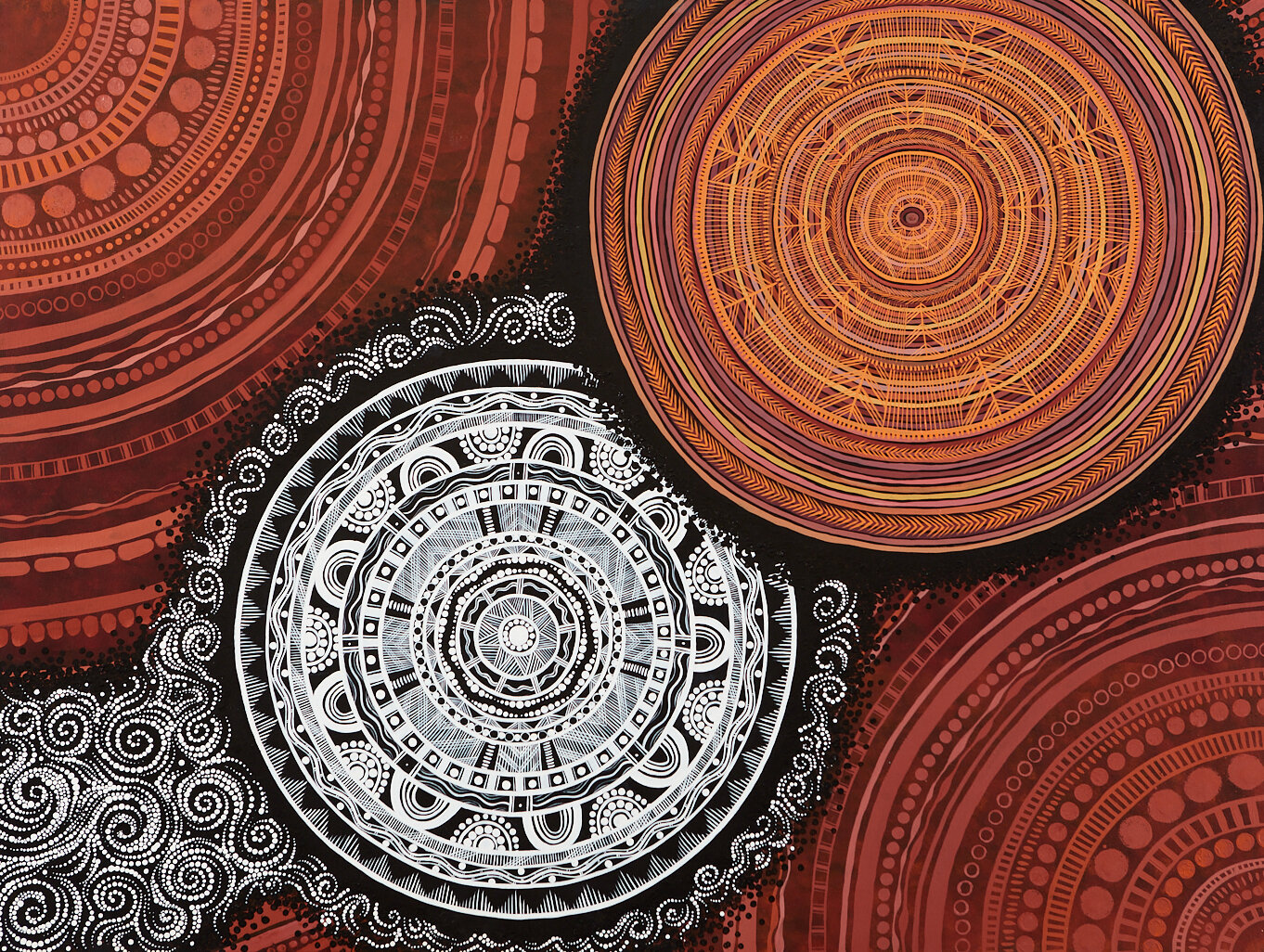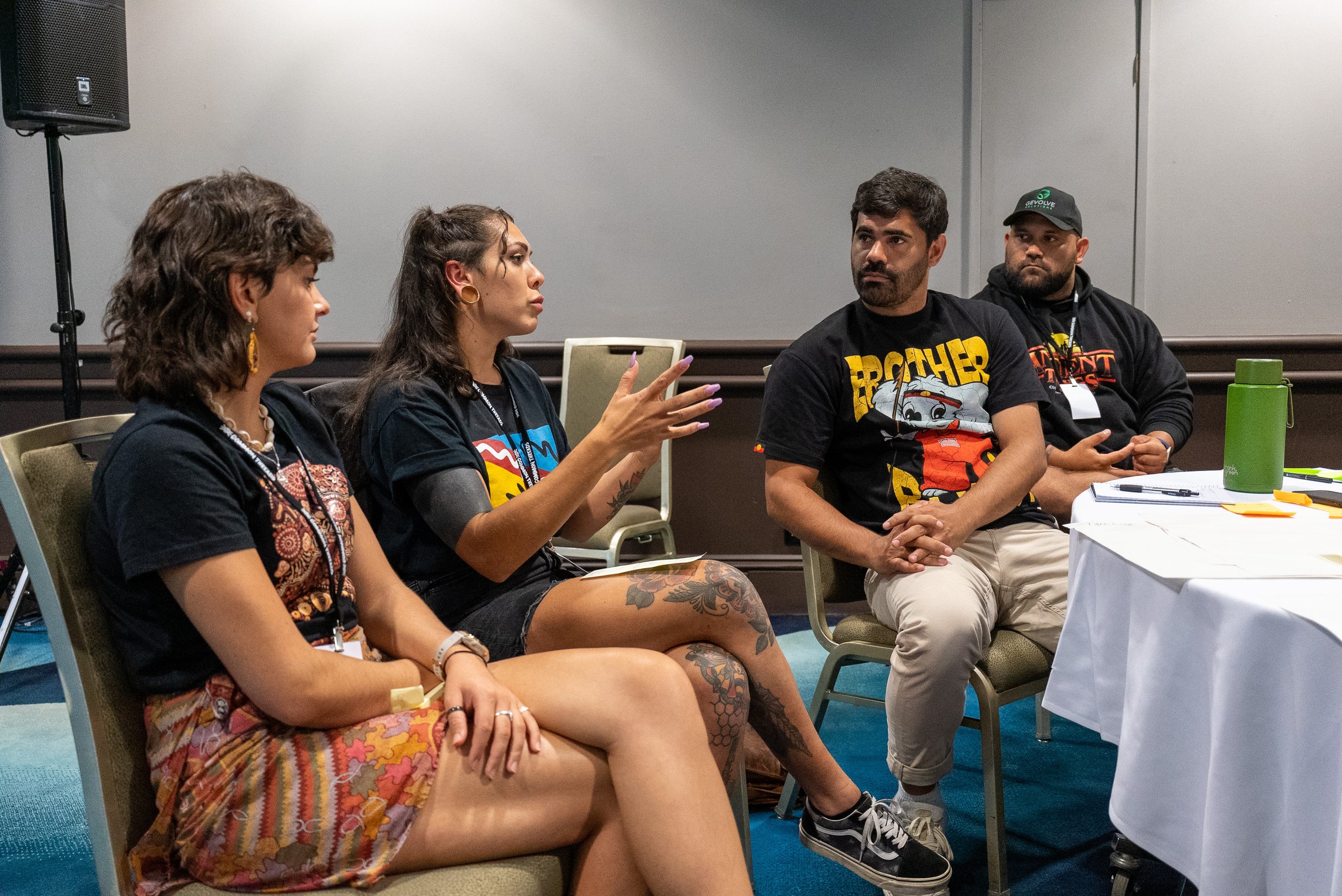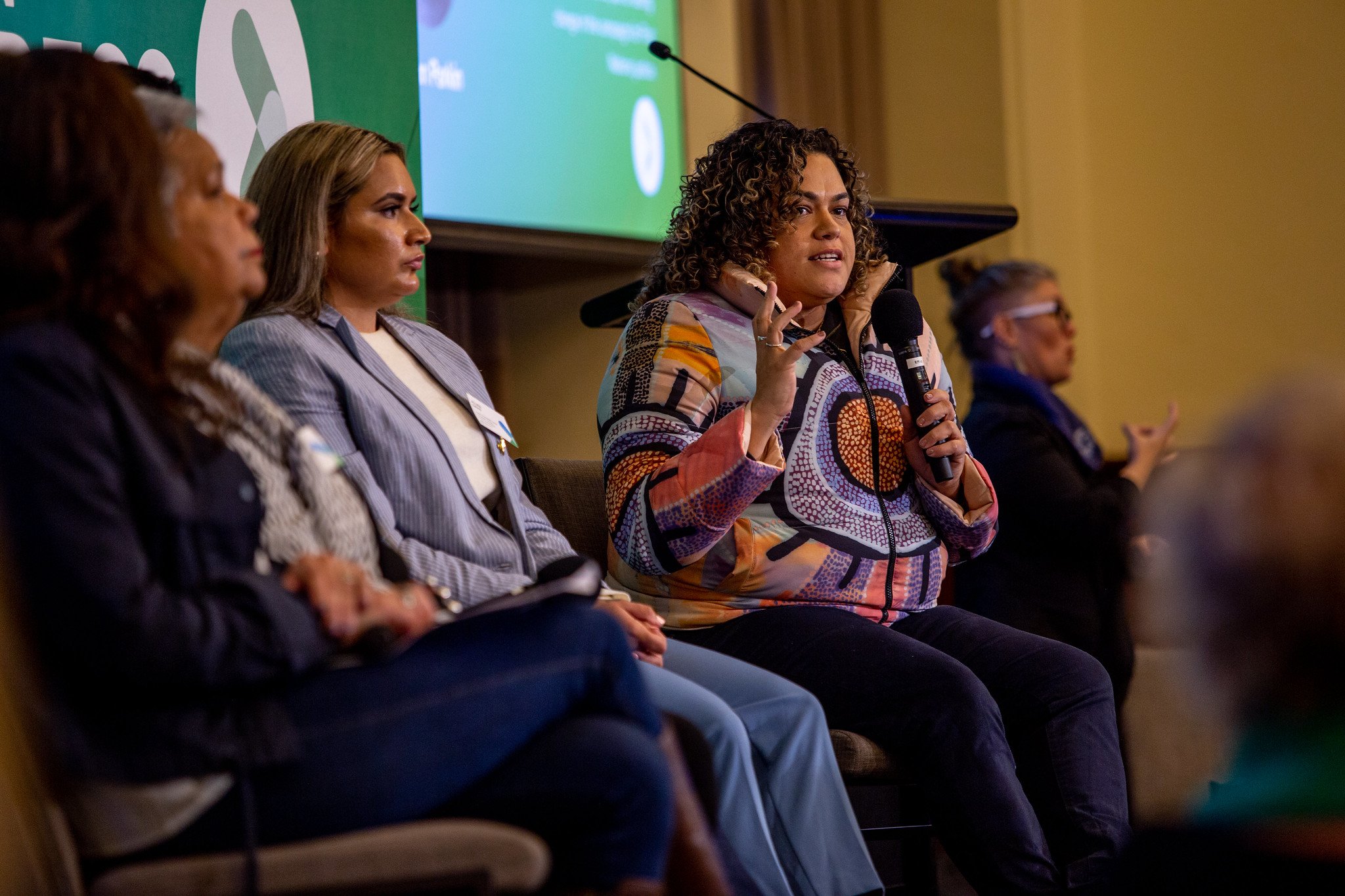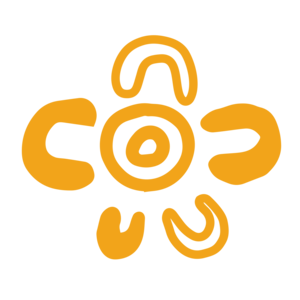
Conversation toolkit
the power of conversations
As organisers, activists and changemakers, conversations are a powerful tool to build connections, share information and give people the opportunity to get involved.
Conversations about setting an agenda for transformative change on First Nations justice require time, truth-telling, respectful listening and sharing.
We win when we lift the conversation up to a place where most people agree and can speak with confidence – to shared vision and values like equity and respect, and who we want to be as a nation.
Frameworks for persuasive conversations
Below are two examples of frameworks to guide persuasive conversations.
The four C’s
The Four C’s provide a framework to meaningfully engage with others and have persuasive conversations that lead to action. This framework can be used in conversations on any issue.
-
#1 Connection
Let the person know who you are, why you care about this issue, and ask them why they care about it too.
-
#2 Context
Briefly share information on the issue and action they can take, make sure to ask questions and listen.
-
#3 Commitment
Make the ask of how they can make a difference, for example: “Can you talk to five friends?”
-
#4 Catapult
Lock in the commitment and use it as a springboard (or catapult!) for more action.

thinking, feeling, action
Another framework to guide persuasive conversations is the Thinking, Feeling, Action structure – which helps to lift conversations out of the detail and into the shared experience and action.
-
Thinking
Includes facts and figures, and informational narratives.
For example: “First, we vote - everyone will vote on the principle of whether we should have a representative body, and then we decide the model. The government has expressed an intention to lead a thorough consultation process with First Nations communities to develop a truly representative body. We must demand this and hold them accountable.”
-
Feeling
Includes vision, stories and lived expertise, emotion, inspiration and ambition.
For example: “Right now, we have an opportunity to say enough is enough. We respect First Nations people and we believe that they are the right people to decide what is best for their future. Together we can say ‘Yes’ to transformative change, ‘Yes’ to treaties, ‘Yes’ to truth-telling, ‘Yes’ to ending black deaths in custody and ‘Yes’ to justice.”
-
Action
Includes specific behaviours and tangible actions.
For example: “Getting involved can be as simple as talking to ten members of your friends and family about why you are writing Yes and why you care about the referendum being a step in the right direction towards treaties, truth-telling and justice. Ask them why they think it’s important for First Nations people to have a say in the laws and policies that impact First Nations people”.

objection handling for common concerns
-
Both First Nations and non-First Nations audiences need to know the Voice to Parliament will be genuinely representative. Instead of getting stuck in conversations about detail and repeating the opposition frames, be clear and transparent about the process from here.
Here is how we recommend you answer questions about the detail:
First, we vote – we all will get to vote on the principle,
Second, there will be a consultation process with First Nations communities to ensure the body is truly representative.
-
It is fair enough that First Nations people are sceptical about whether the referendum will deliver change, especially when we’ve been calling for meaningful change for generations.
We recommend responding to this with stories of our communities’ solutions, and that when we shape policy we’ll get better outcomes for everyone. When the majority of people vote with us, we’ll create the momentum for transformative change.
-
Just like any community or social movement, First Nations people have a diversity of opinions, perspectives and approaches to creating change and this needs to be respected.
Overwhelmingly, we heard that First Nations people want to have conversations in their communities and with other mob before they decide how they will vote.
responding to FAQs
Will this make a practical difference in the lives of First Nations people?
“Laws and policies work best when the people affected by them have a say in how they work.
Writing Yes won’t change everything but it’s a step in the right direction to win the bigger changes we’ve been calling for.
If the overwhelming majority of people write Yes, then we can create a wave of transformative policy changes - like treaties, land rights and equity - because of the momentum and the political mandate of voting together.”
I want to write Yes, but I’m not sure because we haven’t seen the detail
“There are two key steps in this process – first, we vote - everyone will vote on the principle of whether we should have a representative body, and then we decide the model. The government has expressed an intention to lead a thorough consultation process with First Nations communities to develop a truly representative body. We must demand this and hold them accountable.”
I care more about securing tangible changes that will improve the lives of First Nations people, like raising the age or stopping deaths in custody. Doesn’t this referendum debate distract us and take focus away from immediate actions for justice?
“With the referendum upon us, our challenge is to build a movement that will fight for the systemic change that our communities have been calling for, and use this moment as a vehicle to fast track treaties, land rights, truth-telling and justice, with the referendum being a stop along the journey but not the final destination.
More than half the population believe this moment is bigger than the referendum, and an opportunity to bring about more meaningful change. The national mood is on our side and there’s a huge groundswell of support for us to tap into and mobilise.
Together, we can build a political mandate to hold governments accountable and leave them with no choice but to follow our lead.”
If First Nations people don’t agree, why would I write Yes?
“There are a range of diverse views within First Nations communities, as there always are in any community.
Some First Nations advocates who have been fighting for transformational change for generations do not think the proposal will create sufficient change. That’s fair enough.
We agree that change needs to be much bigger than this – and we see a representative body as a step in the right direction, moving us towards bigger change. When a clear majority of Australians write Yes in the referendum, it will send a strong message that we want justice, equality and enduring change. On the other hand, a No vote will set back First Nations justice for decades.”

Example issue-based conversations
To win a resounding Yes and build the momentum for transformative change, we need to have conversations within our own communities – whether it be First Nations communities, the disability justice movement, the climate movement, the health sector or our local suburbs. We need to tailor our conversations to the context and the person we’re talking to.
Here are two example conversations using the Thinking, Feeling, Action framework tailored to different audiences:
A conversation with a First Nations person who cares about law and justice reform
“Everyone wants to be treated equally and be free to live our own lives, but too often police target us in the streets, because of the colour of our skin. Our politicians have known this since the 1991 Royal Commission into Aboriginal Deaths in Custody, and yet consecutive governments have let this report gather dust rather than implement the recommendations that would prevent our loved ones from dying.
When governments are too slow to act, it’s up to everyday people to create the conditions that make change possible. By writing Yes in the referendum, we could elect our own representatives to talk truth power and have a say on policies and issues that affect us.
If millions of people across the country write Yes, we could create the political pressure necessary for governments to listen to and act on the solutions that our communities have been calling for.”
A conversation with an ally who cares about climate change
“As the first scientists and first environmentalists, Aboriginal communities have looked after Country since time immemorial and have a valuable role to play in addressing the climate crisis. But for too long, governments have refused to hear or take up this advice.
When we listen to each other, share our knowledge and work together, we all benefit. Together we can send a message to government that it’s time to listen to and respect the leadership of Aboriginal communities in shaping policies that protect our climate and future generations.
Writing Yes in the referendum is a way to say that we want to hear the wisdom and expertise of the oldest living culture on earth.”
Full report
The conversation toolkit is an except from our full Passing the Message Stick report - which you can download from our resources page here, along with a summary guide, social media pack and more.




